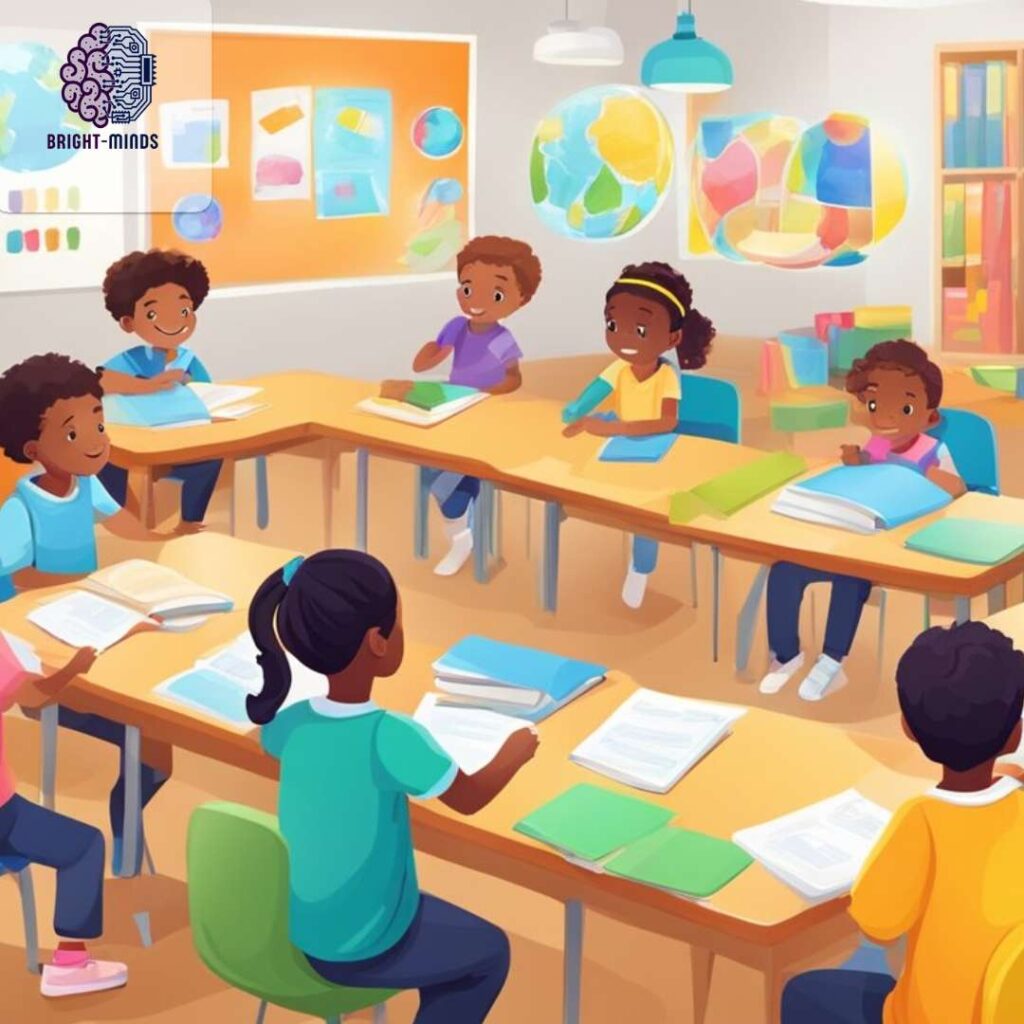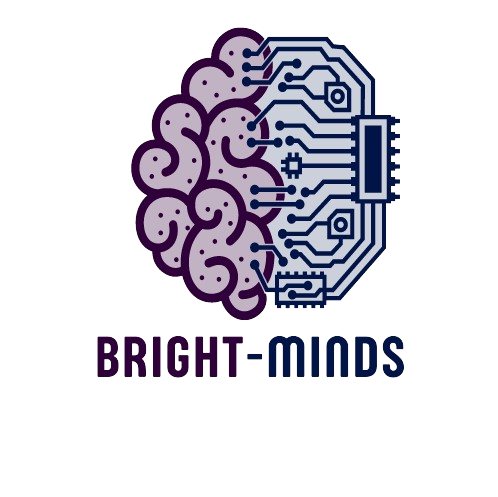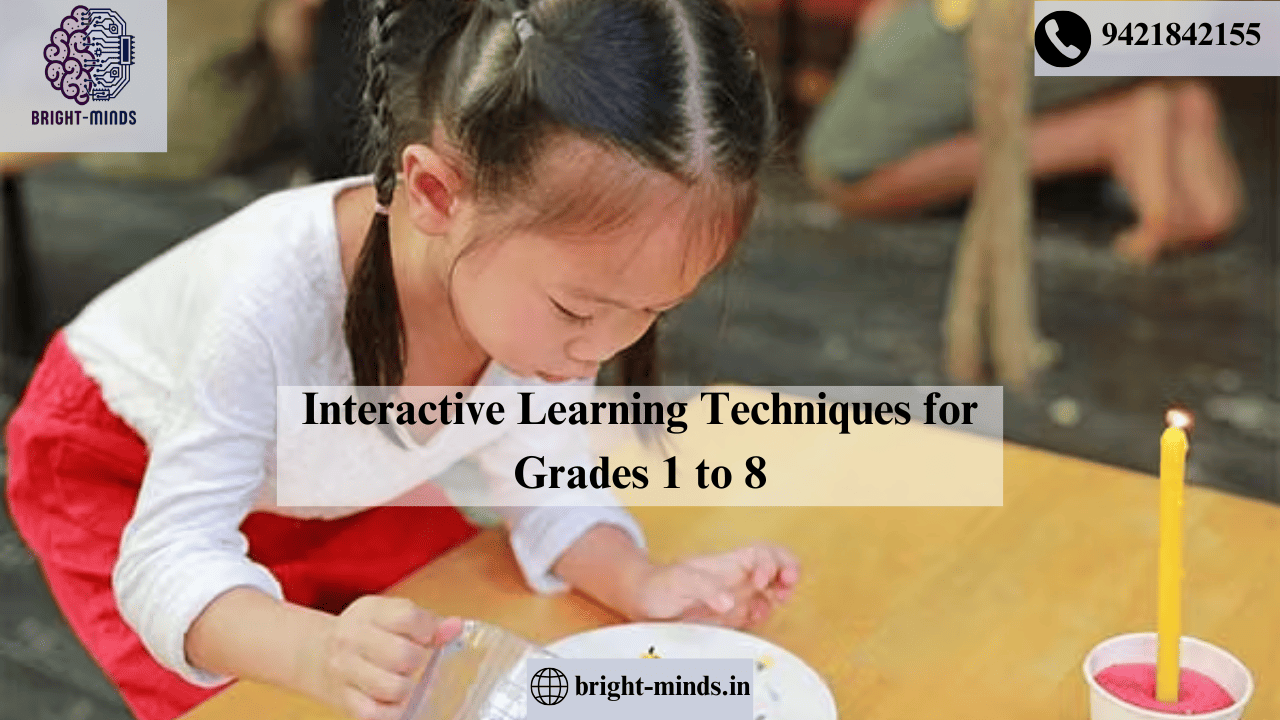Interactive learning has revolutionized education by actively involving students in the learning process. For children in grades 1 to 8, these techniques are particularly impactful as they cater to their diverse developmental stages and learning styles. By making education engaging and participatory, interactive learning not only enhances understanding but also fosters a lifelong love for knowledge.
Why Interactive Learning Matters
Children are naturally curious and eager to explore the world around them. Traditional methods of rote memorization often fail to leverage this innate curiosity. Interactive learning, on the other hand, transforms the classroom into an active space where students collaborate, experiment, and discover.
Some key benefits of interactive learning include:

- Enhanced Engagement: Students stay motivated and focused when they are actively involved in their lessons.
- Improved Retention: Activities that involve multiple senses help students retain information longer.
- Development of Critical Skills: Interactive techniques encourage critical thinking, problem-solving, and teamwork.
- Personalized Learning: These methods can be tailored to accommodate different learning styles.
Top Interactive Learning Techniques for Grades 1 to 8
Here are some effective methods to incorporate interactive learning into the classroom:
Gamified Learning
Games make learning fun and exciting. For younger students, simple games like matching cards or puzzles can reinforce basic concepts such as numbers, shapes, and colors. Older students can engage in more complex activities like trivia quizzes or strategy-based games that align with their curriculum.
Collaborative Learning
Group activities teach students to work together and learn from their peers. Assign team projects or group discussions to foster collaboration.
Role-Playing and Simulations
Role-playing allows students to step into someone else’s shoes and explore scenarios from different perspectives. This technique is particularly effective for subjects like history, social studies, and literature.
Use of Technology
Digital tools and platforms can make lessons more dynamic and interactive. Incorporate educational apps, virtual reality (VR), and interactive whiteboards into your teaching strategy.
Interactive Storytelling
Storytelling captivates young minds and makes learning memorable. Make stories more engaging by involving students in the narrative.
Flipped Classroom
In a flipped classroom, students learn new content at home through videos or readings and use class time for discussions and hands-on activities.
Problem-Based Learning (PBL)
PBL encourages students to solve real-world problems using knowledge from various subjects. This technique builds critical thinking and research skills.
Movement-Based Learning
Incorporate physical movement into lessons to keep students energized and engaged. This is especially beneficial for younger grades.
Peer Teaching
Students often learn better from their peers. Allow students to teach each other by explaining concepts or leading activities.
Conclusion
Interactive learning techniques are essential for creating a dynamic and inclusive educational experience. For students in grades 1 to 8, these methods not only make learning enjoyable but also prepare them with skills for the future. By integrating gamified learning, hands-on activities, technology, and collaborative methods, educators can transform their classrooms into hubs of creativity and engagement.
you may be interested in this blog here:-

